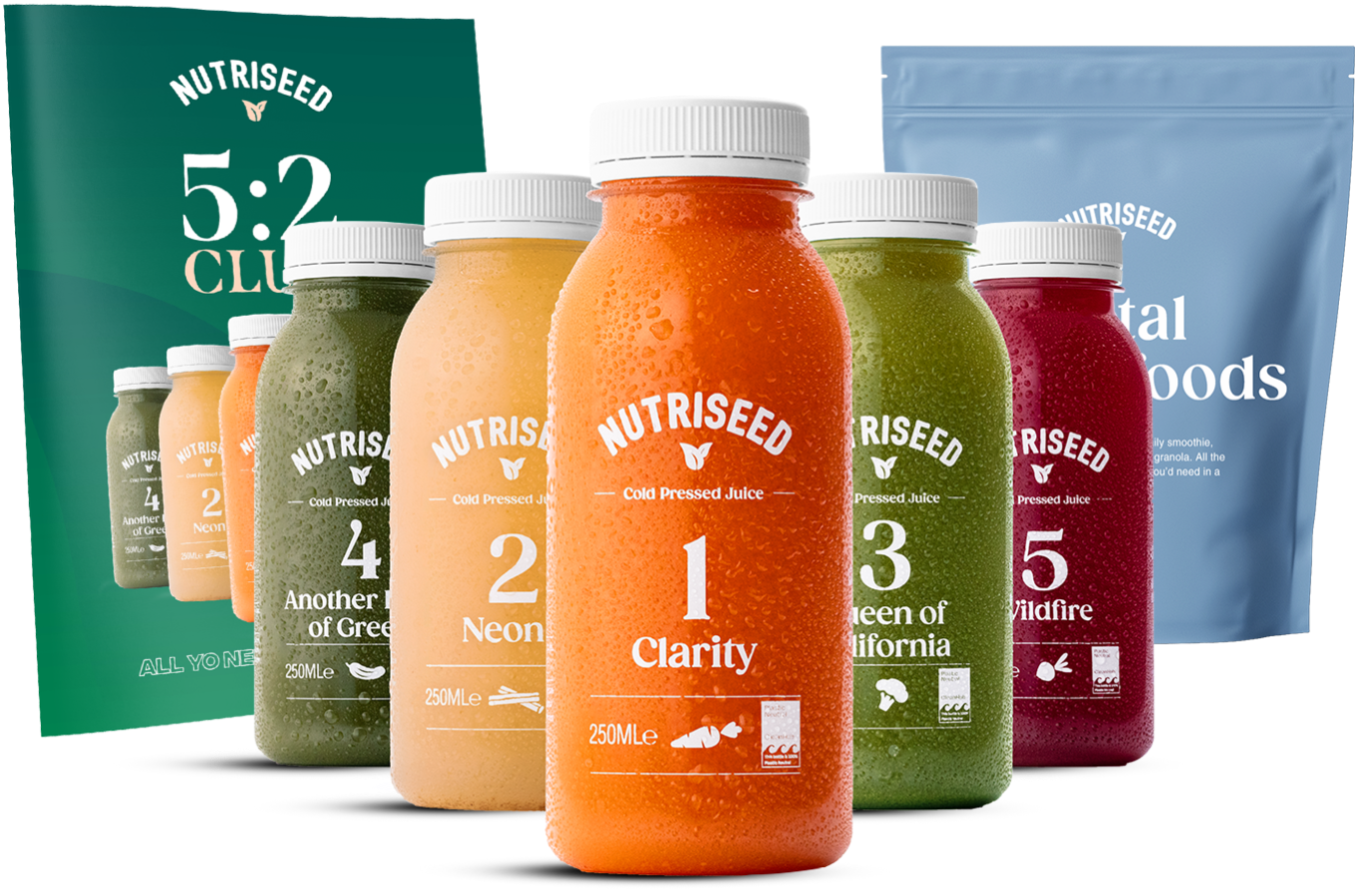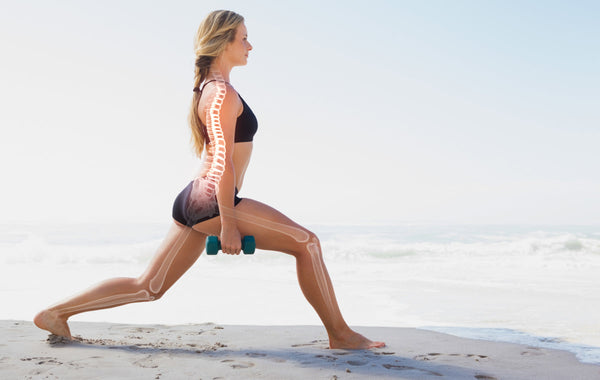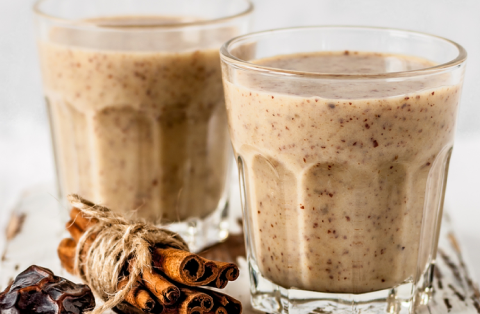
An Ideal Week of Exercise Size Is…
One factor that prevents many people from reaching their full potential in the gym is time. Let’s say time wasn’t a factor, how would you best use your time to balance between different types of exercise, and knowing when to rest?

We’re going to break down for you the perfect balance of strength training, cardio and those sweet, rewarding rest days.
Strength Training
It’s hardly a secret that training your muscles over time will make them grow. But larger muscles demand a higher metabolic rate (the speed at which you are able to burn calories), which therefore hugely impacts weight loss success. Strength training also one of the best ways to keep your joints and bones strong and healthy.
Our recommendation is 3 times a week for 45-60mins
This, however, does not include a 5-minute cardio warm-up (tread-mill, cycle and cross-trainer work perfectly) 5-minute cardio warm-down (rowing is perfect) and stretches to finish.
If you are relatively new to strength training one of the best ways to begin is by performing an all-body workout, approaching all major muscle groups with fewer activities. This allows for your full body to used to the new strain that you are putting it under.
Machines are very good for increasing strength, but also use dumbbells, kettlebells and bodyweight moves (such as squats) as these will help you develop more control and balance while lifting.
Four sets of ten reps of activity on each muscle (pectorals, triceps, quads, abdominals and so on) work very well. It is recommended to begin a routine and keep it for 6 weeks to give your body time to adapt, and then begin increasing the weight.
Cardio
Cardio has its place in an ideal exercise week as it optimises your circulatory system which helps you to recover faster and help the way that your body uses oxygen (known as the VO2 max).
Our recommendation is twice a week for a total of 1½-2 hours per week.
Across the gym, classes and outside in the fresh air, you have a tonne of options for cardio: spinning, jogging, cycling, HIIT training, swimming, the list goes on.
We mentioned HIIT training above and it's worth elaborating on. HIIT stands for High-Intensity Interval Training and consists of short bursts of intense workout, followed by short periods of active rest. This makes the body work harder than it does through steady state cardio. An example of a simple HIIT workout would be:
3 sets, 45 seconds training, 15 seconds rest:
- Push-ups
- Squats
- Butt kicks
- Tricep dips
- Side lunges
Rest Days
Active rest allows your body to recover and gives your muscles, nerves, bones and connective tissue time to rebuild. It is extremely important to ensure that you have adequate rest otherwise the time that you spent training won’t be optimised. An active rest day, however, doesn’t mean no exercise at all. You don’t have to hit the gym or even break a serious sweat but you should do something, such as a yoga class or a taking a gentle walk. It is great for the mind, and assists in residual fatigue.
Top Tips
- Your perfect exercise week will vary depending on your goals and lifestyle.
- After strength training, allow to days before your next strength training (for example cardio and a rest day)
- Create a realistic weekly routine that you can stick with.






















